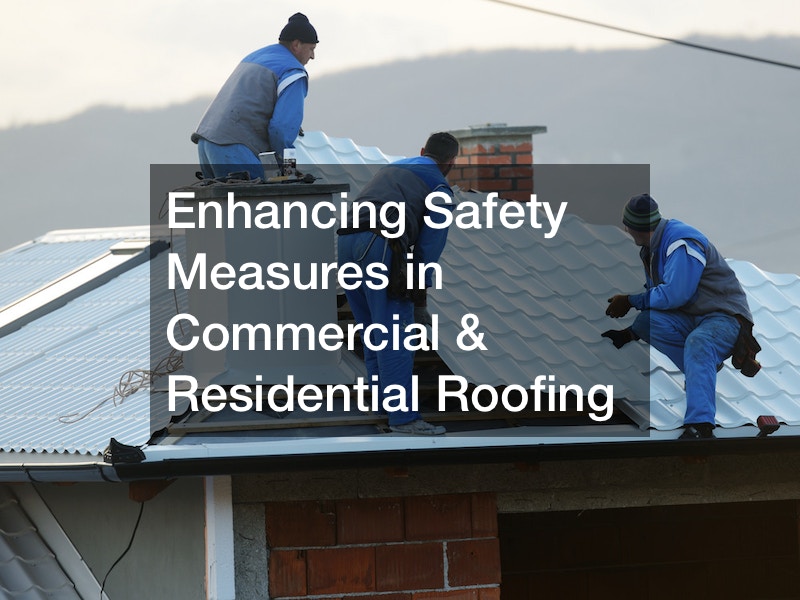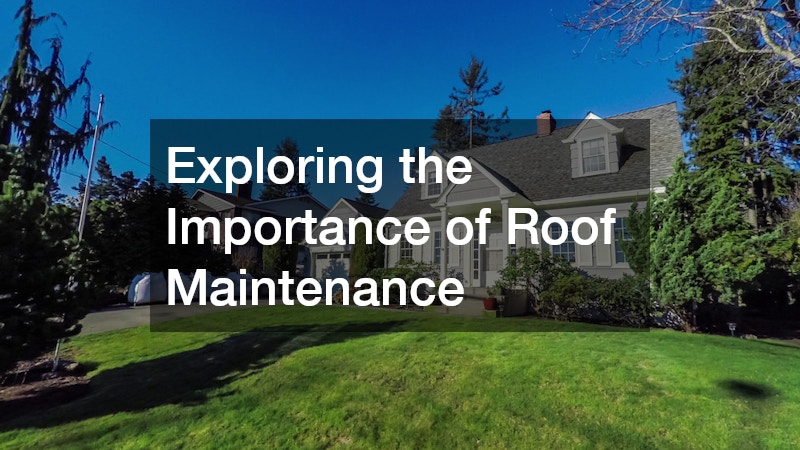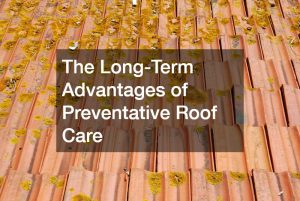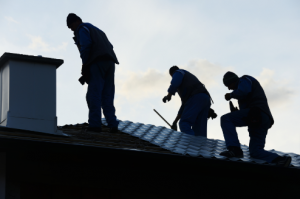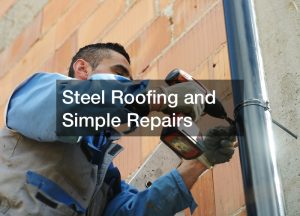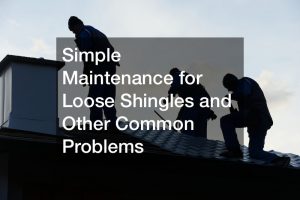Enhancing Safety Measures in Commercial and Residential Roofing
Roofing, whether for commercial or residential properties, is an essential aspect of any building’s structure. Beyond its functional significance, ensuring safety during roofing projects is paramount. The focus on safety measures has become more pronounced, particularly in commercial roofing, where stringent regulations and safety protocols are often observed.
Commercial Roofing: Emphasizing Safety
In commercial roofing projects, a heightened emphasis on safety measures is evident. Various fall protection systems, such as guardrails, anchor points, and fall restraint systems, are prevalent.
These systems are meticulously installed to protect workers, allowing them to operate at heights without the constant need for active fall arrest equipment.
Among the most prominent safety solutions adopted in commercial roofing are permanent anchor points and horizontal lifelines. These are strategically installed, offering protection not only during roofing activities but also for subsequent maintenance tasks or other related work.
Counterweighted anchors and mobile anchor systems have gained popularity, providing flexibility and safety for workers utilizing traditional fall arrest systems on commercial roofs.
Residential Roofing: Bridging the Safety Gap
Conversely, the safety landscape in residential roofing presents challenges. Many residential roofers often face perceived obstacles, including concerns about cost, project duration, and competitiveness in the market, hindering the implementation of robust safety measures.
There is a pressing need to educate residential roofers on the available safety solutions that do not compromise efficiency. Temporary and non-intrusive safety systems, like disposable anchors or temporary horizontal lifelines, can be deployed without causing damage to the roof structure. These systems ensure safety during roofing tasks while not impeding the project’s timeline or resulting in increased costs.
Stressing the Importance of Safety
The need to prioritize safety, especially in residential roofing, cannot be overstated. Reports indicate that injuries and accidents often occur at the eave and ridge height on single-level residential homes. This highlights the necessity for enhanced safety protocols, education, and the adoption of fall protection systems in residential roofing projects.
While commercial roofing generally upholds more stringent safety measures, bridging the safety gap in residential roofing is imperative. It involves educating roofers about potential hazards, proper safety protocols, and the utilization of temporary yet effective safety systems.
Enhancing safety measures in both commercial and residential roofing is not just a legal obligation but a moral responsibility. It safeguards workers’ well-being, reduces the risk of injuries, and ensures the completion of roofing projects in a secure environment.
In conclusion, promoting safety standards across all roofing projects, irrespective of commercial or residential nature, contributes significantly to the well-being of workers and the success of the endeavor. The pursuit of safety excellence should remain an indispensable component of every roofing project.
.

